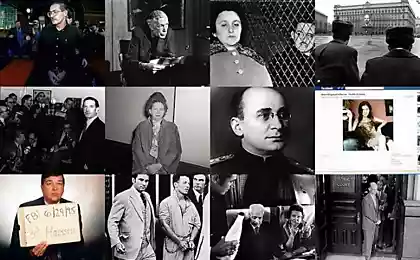167
Urban legends from the Soviet past
Reality, refracted through the prism of childhood fantasy, can take the most bizarre forms. An example of this are the numerous urban legends that existed among children in the USSR. The older guys passed their stories by word of mouth to the younger ones, and the popularity of some stories reached even all-Union proportions.

DepositPhotos
"Site" He collected the most popular myths, legends and horror stories in which Soviet children of the 80s believed. We hope that many members of that generation will smile nostalgically, remembering these naive stories from their past, and again, even for a moment, feel like children.
Children's legends
Despite the fact that the USSR is a thing of the past, we have preserved some of it and continue to pass on to our children. Here are the signs that make it clear that you were brought up by immigrants from the USSR.
The taste of childhood – it can not be felt, but remember! "Site" There are 23 delicacies that Soviet children adored. You must have had an appetite, too? You bet! Share these sweet memories with your peers.

DepositPhotos
"Site" He collected the most popular myths, legends and horror stories in which Soviet children of the 80s believed. We hope that many members of that generation will smile nostalgically, remembering these naive stories from their past, and again, even for a moment, feel like children.
Children's legends
- Blade in gum
In the 80s, gum was a rarity. Foreigners who came to the USSR offered it to Soviet children in exchange for badges and other souvenirs.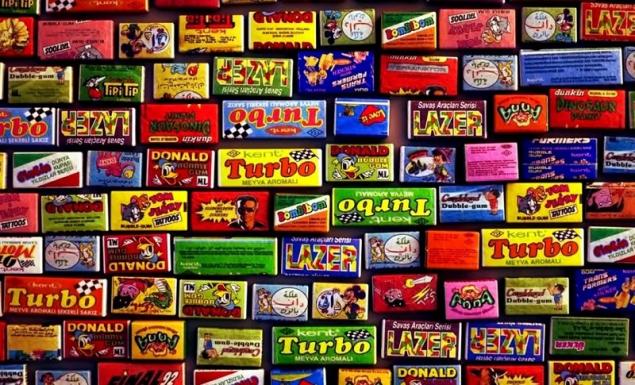
There were persistent rumors among students that they were doing this for a reason. To harm the Soviet pioneers, the insidious capitalists supposedly put blades in some gum.
From this, children developed the habit of breaking the gum before eating in half to see if there is a blade inside. The habit persisted until the early nineties. - Kilogram of mosquitoes
Students seriously believed that there are points for taking dried mosquitoes, which are extremely necessary for the preparation of some expensive medicines. If you are lucky, then you can get an Orlyonok bicycle or even a pneumatic rifle for handed over mosquitoes.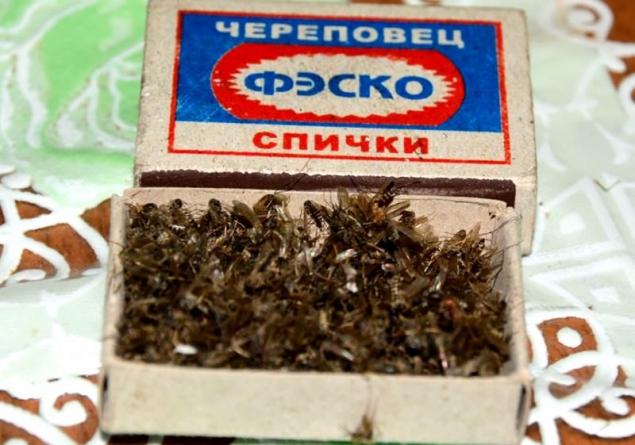
One trouble: for some reason, the harvesters take no less than a kilogram, and it is impossible to collect so many tiny insects to test the truth of this story. - Car for anniversary coin
The first commemorative coin in the USSR worth 1 ruble was issued in 1965. And in the 80s, a legend spread among children about a secret organization whose members were ready to exchange this coin for a car.
The reason for the unprecedented generosity was the desire to take possession of the Soviet miracle metal, which allegedly consisted of the coin. The names of the secret metal, as well as the names of the generous organization, of course, no one knew. - Red film.
There was a myth among teenagers of the 80s that if you charge a mysterious red film into a camera, the people in the pictures turn out without clothes. Surely there were witnesses who had a friend whose acquaintance was dealing with such a film.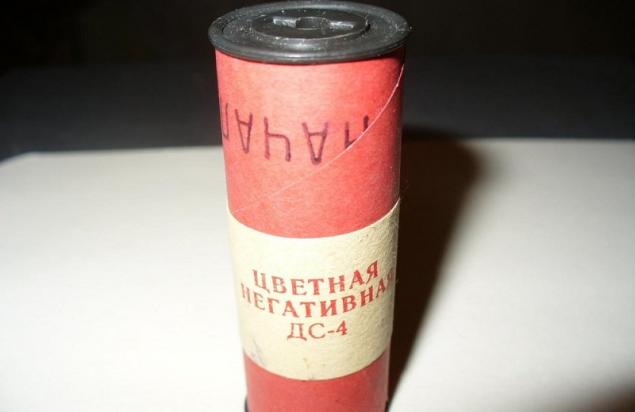
Camera owners took pictures of their classmates shouting, "Now you're on red tape!" The trusting girls were upset and crying. However, the incriminating photos never appeared. - Super prize in the game "Well, wait!"
In 1981, the Japanese company Nintendo released the game Egg for the Game & Watch series of gadgets. In 1984, the analogue of this gadget began to be released in the USSR under the code name "Electronics IM-02", and with it the corresponding game.
The Japanese wolf on the LCD screen was replaced by a predator familiar to us from the cartoon “Well, wait!”, but the mechanism of the game remained the same: the wolf had to catch falling chicken eggs in the basket.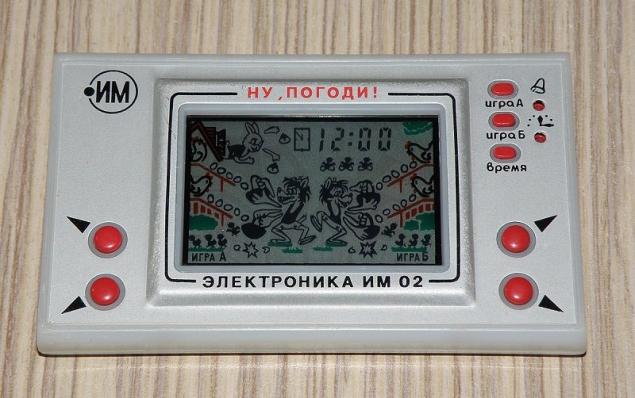
The game instantly became a sales hit. Its lucky owners on the envy of peers claimed that when you set 1000 points, the bonus mode is turned on and you can see a colorful cartoon on the screen. Inexperienced in computer technology, the majority of children believed. - "Death to Soviet Children"
Long before the Black Boomer, Soviet children were haunted by horror stories about a black tinted bus (or “Volga”). Allegedly, children were lured into it under various pretexts and taken away in an unknown direction.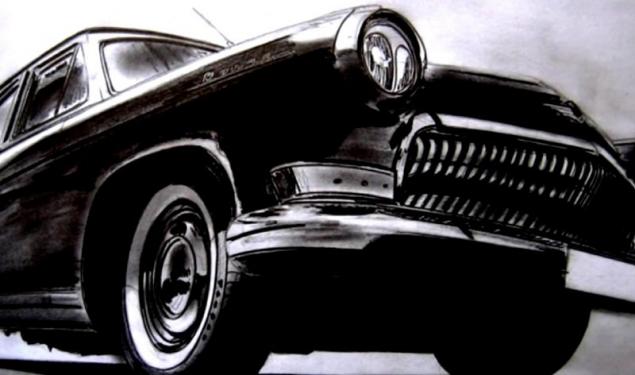
To recognize the sinister car was not difficult by the letters “SDS” on the license plate, which deciphered nothing but "Death to Soviet children!". It should be admitted that this myth had a certain educational effect.
The instructive story once and for all discouraged children from wanting to talk to strangers and even more so get into their car. - Coffin on wheels
Psychologists argue that horror They have their roots in primitive thinking, when the experience of fear was the preparatory period of initiation in hunting tribes.
DepositPhotos
One way or another, and children whose childhood fell on the era of the Soviet Union, loved to sleep coming to tell each other mystical stories. Stories about the “red spot”, “black hand” and “coffin on wheels” made more than one generation of impressionable pioneers freeze with fear.
Once upon a time there was a girl. One day she was alone at home. And suddenly on the radio they say: "Girl, girl, coffin on wheels left the cemetery, looking for your street."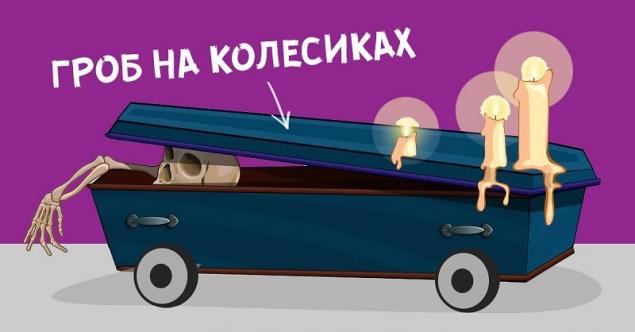
DepositPhotos Girl scared, does not know what to do. I wanted to call my mother, and an unfamiliar voice on the phone says, "Girl, girl, coffin on wheels found your street, he's looking for your house."
The girl was even more frightened, locked the door to all locks, but does not run away from the house. The radio says again, Girl, girl, coffin on wheels has found your house. Going to the apartment. Hide! When my mother came home, she found the girl dead.
Now the question for the connoisseurs is: what detail should I add to the story at the very end?
Despite the fact that the USSR is a thing of the past, we have preserved some of it and continue to pass on to our children. Here are the signs that make it clear that you were brought up by immigrants from the USSR.
The taste of childhood – it can not be felt, but remember! "Site" There are 23 delicacies that Soviet children adored. You must have had an appetite, too? You bet! Share these sweet memories with your peers.

















